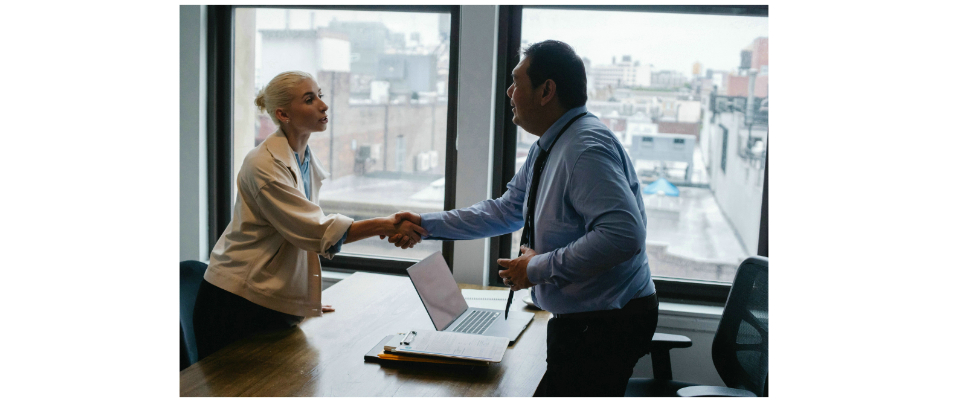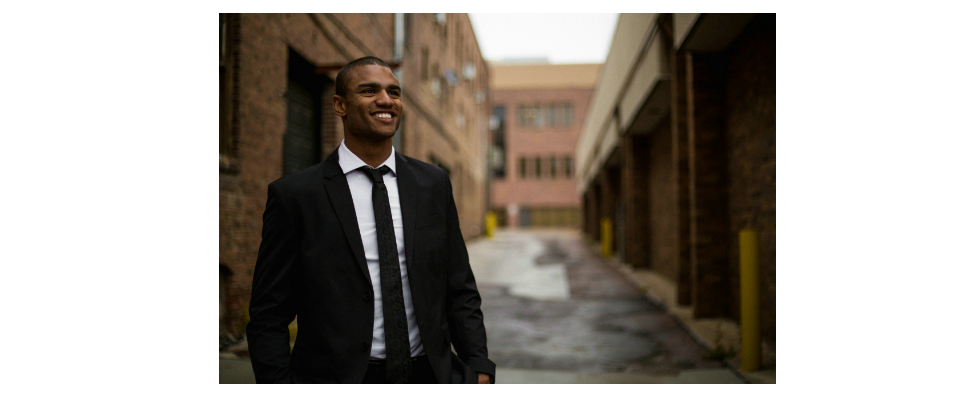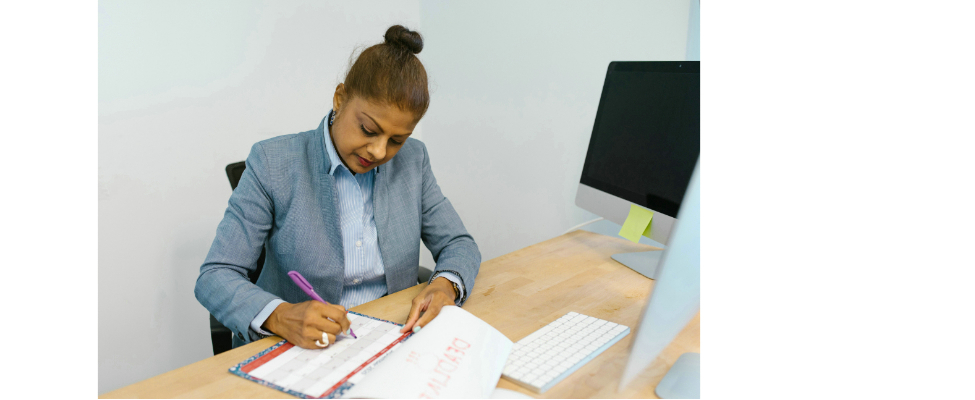Job interviews can be a nerve-wracking experience, but they are essential for landing your dream job. While the content of your answers is undoubtedly important, the way you present yourself non-verbally can make a significant impact on the interviewer's perception of you. In this article, we will explore various non-verbal strategies that can help you make a great impression in job interviews, ranging from preparation and first impressions to body language, facial expressions, and tone of voice.

Dressing professionally for an interview is crucial. Your attire sends a message about your professionalism and how seriously you take the opportunity.
a. Dress for the company culture: Research the company's dress code and dress accordingly. For instance, if the company has a business casual dress code, a tailored suit might be too formal, while slacks and a button-down shirt or blouse would be more appropriate.
b. Err on the side of conservative: When in doubt, it is always better to dress conservatively for an interview. Avoid overly bright colors or distracting patterns.
A clean and well-groomed appearance conveys professionalism and attention to detail.
a. Shower and groom: Make sure you shower, brush your teeth, and groom your hair before the interview. If you have facial hair, make sure it is neatly trimmed.
b. Use minimal fragrance: Avoid using strong perfumes or colognes, as they can be distracting or irritating to the interviewer.
Practice makes perfect. Conducting mock interviews can help you become more comfortable with the interview process and improve your non-verbal communication skills.
a. Ask a friend or family member to conduct a mock interview: Have them ask you common interview questions and provide feedback on your non-verbal cues.
b. Record yourself: Use a camera or your phone to record your mock interviews. Review the footage to identify areas for improvement in your non-verbal communication.

A firm handshake is an essential part of making a strong first impression. It conveys confidence and professionalism.
a. Practice your handshake: Make sure your handshake is firm but not overly tight. Avoid limp or "dead fish" handshakes.
Eye contact is crucial when introducing yourself to the interviewer. It shows that you are attentive and engaged.
a. Maintain eye contact when stating your name: This helps to establish a connection with the interviewer.
A genuine smile can help put both you and the interviewer at ease. It also conveys a positive attitude and enthusiasm for the opportunity.
a. Smile when greeting the interviewer: Make sure your smile is genuine and not forced.
Good posture communicates confidence and professionalism.
a. Sit up straight: Keep your back straight and your shoulders relaxed.
b. Avoid slouching: Slouching can make you appear disinterested or lacking in confidence.
Show the interviewer that you are engaged and attentive by using active listening techniques.
a. Nodding: Nod occasionally to acknowledge the interviewer's points or to indicate that you understand what they are saying.
b. Leaning slightly forward: This posture shows that you are actively engaged in the conversation.
c. Making occasional eye contact: Maintain eye contact while listening, but don't stare. Break eye contact occasionally to avoid making the interviewer uncomfortable.
Nervous habits and fidgeting can be distracting and may signal a lack of confidence.
a. Be aware of your habits: Identify any nervous habits you may have, such as tapping your foot, twirling your hair, or cracking your knuckles.
b. Practice mindfulness techniques: Use deep breathing or visualization exercises to calm your nerves before the interview.
Hand gestures can help emphasize your points and convey enthusiasm.
a. Use purposeful gestures: Make sure your gestures are deliberate and not just random movements.
b. Avoid excessive or distracting gestures: Too many gestures can be overwhelming and take away from your message.
Eye contact is important, but too much can make the interviewer uncomfortable.
a. Aim for a balance: Hold eye contact for a few seconds, then look away briefly before reestablishing eye contact.
Your facial expressions can convey confidence, interest, and enthusiasm.
a. Maintain a neutral expression: When not actively smiling or nodding, maintain a neutral facial expression that conveys attentiveness.
b. Avoid furrowing your brow or frowning: These expressions can make you appear stressed or displeased.
Negative facial expressions can send the wrong message to the interviewer.
a. Be mindful of your facial expressions: Avoid rolling your eyes, smirking, or grimacing.
Your voice plays a significant role in how you are perceived during the interview.
a. Enunciate your words: Make sure you speak clearly and at a volume that is easily heard.
b. Avoid filler words: Minimize the use of "um," "like," or "you know" in your speech.
A monotone voice can make you appear disinterested or bored.
a. Vary your tone: Use intonation to emphasize important points and convey enthusiasm.
b. Be mindful of your speaking pace: Speak at a moderate pace, neither too fast nor too slow.
Thank the interviewer for their time and the opportunity to discuss the position.
a. Express your gratitude: A sincere thank you can leave a lasting positive impression.
End the interview on a high note with a confident handshake.
a. Maintain eye contact: Look the interviewer in the eye while shaking their hand.
Leave the interview room with the same confidence and positive attitude you had when you entered.
a. Walk confidently: Maintain good posture and a steady pace as you exit the room.
Following up with a thank-you note is an excellent way to show your appreciation and reiterate your interest in the position.
a. Be prompt: Send the thank-you note within 24 hours of the interview.
b. Personalize your message: Mention specific topics discussed during the interview and express your enthusiasm for the role.

Use your follow-up communication to reinforce your interest in the job and highlight your qualifications.
a. Recap your strengths: Briefly remind the interviewer of the skills and experience you bring to the position.
b. Express your enthusiasm: Convey your excitement for the opportunity and your eagerness to contribute to the company's success.
In conclusion, non-verbal communication plays a vital role in making a great impression during job interviews. By paying attention to your attire, grooming, body language, facial expressions, and tone of voice, you can significantly improve your chances of interview success. Remember to practice and refine your non-verbal skills to ensure that you present the best version of yourself to potential employers.